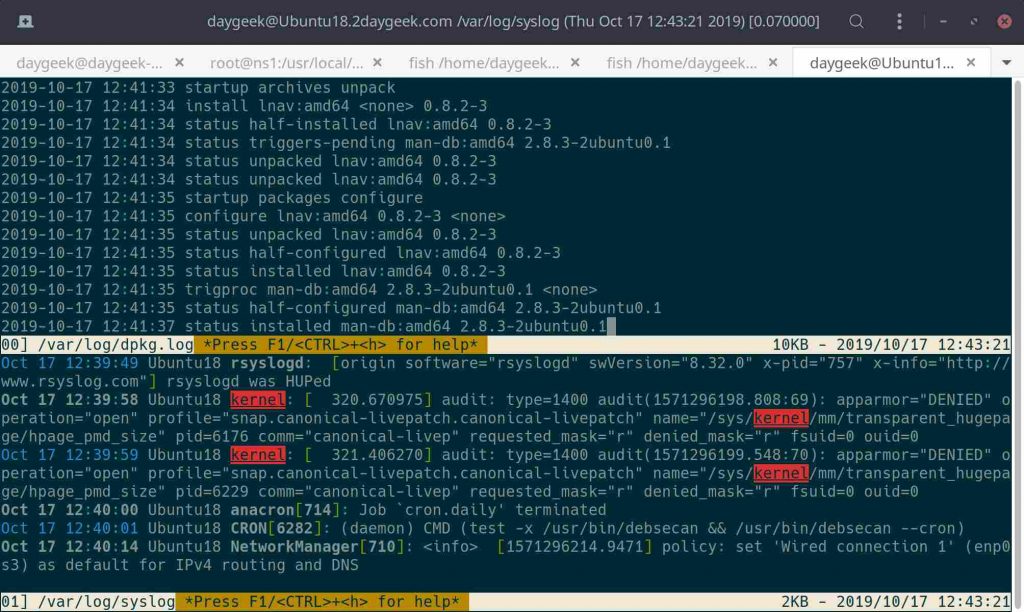
Watch can be used for any command, preferably ones that are needed to be constantly updated.Īgain, you can exit with CTRL+C. The watch program executes the shell command every couple of seconds(defined with -n) by default.

This will actively monitor for changes to the unit file we’ve just displayed. Now we are going to use something similar to tail: watch. The -u implies the log for systemd unit rvice. This will display a log similar to syslog. Using journalctl to show log entries for the ssh daemon is done like this: sudo journalctl -u rvice In other distributions of Linux such as CentOS or Red Hat, the syslog implementation has been replaced by journalctl. Not every operating system supports this operation. The host which is the local machine, followed by the user and source IP address they’re logging in from. As users connect/attempt to authenticate via ssh, new entries are added to the log file automatically. 1.6 port 53627 ssh2įeb 7 11:04:21 host sshd: pam_unix(sshd:session): session opened f or user $user by (uid=0)įeb 7 11:04:21 host systemd-logind: New session 23 of user $user.įeb 7 11:04:21 host systemd: pam_unix(systemd-user:session): session ope ned for user $user by (uid=0)įeb 7 11:04:24 host su: (to root) $user on pts/0įeb 7 11:04:24 host su: pam_unix(su:session): session opened for user ro ot by $user(uid=1000)
#File monitor linux password
sudo tail -f /var/log/auth.log Feb 7 10:50:01 host CRON: pam_unix(cron:session): session closed f or user rootįeb 7 11:00:01 host CRON: pam_unix(cron:session): session opened f or user root by (uid=0)įeb 7 11:00:01 host CRON: pam_unix(cron:session): session closed f or user rootįeb 7 11:04:21 host sshd: Accepted password for $user from 192.168. For example, we’ll know when a process opens, modifies, reads closes, moves, or deletes the file. When we add a watch to a file, we can monitor it. We do this by adding a watch to the directory or file. We’re going to track our SSH connections live through Debian/Ubuntu, which uses the standard auth.log file located in /var/log/ provided by syslog. In Linux, we can use the inotify interface to monitor a directory or a file.

Whenever a new event occurs that requires it to be logged, it will show up in tail. It is recommended to run multiple ssh clients for this. This will occupy the shell terminal so you won’t be able to do anything until hitting CTRL+C to exit. The tail program allows for any file to be tracked actively.
#File monitor linux how to
Here’s how to track logs live in the shell terminal. This ensures a secure environment and helps prevent an authorized intrusion. Such examples include who’s logging on and what they’re doing. For many sysadmins, watching for activity on a particular server is crucial.


 0 kommentar(er)
0 kommentar(er)
